Kaiser Permanente stands for life-changing healthcare, pioneering medical innovation, clinical excellence, and world-class medical education.
The roots of Kaiser Permanente began in the 1930s as a private industrial medical care plan at Depression-era government construction projects. During World War II, it evolved into a comprehensive and affordable program for defense workers and their families, setting the stage for its longstanding commitment to healthcare for all. From our leadership in racial integration to our groundbreaking use of technology in health records, Kaiser Permanente has been a recognized leader in medicine for decades.
In fact, as President Barack Obama signed landmark healthcare reform into law in 2010, he said, “If we could get our healthcare system across the board to hit the efficiency levels of a Kaiser Permanente, we actually would have solved our problems.”
In addition to providing exceptional care, Kaiser Permanente has been educating medical students and residents since 1946. To build on this legacy of historic service to students, patients, and communities, we are opening the Kaiser Permanente Bernard J. Tyson School of Medicine in 2020.
Our Story
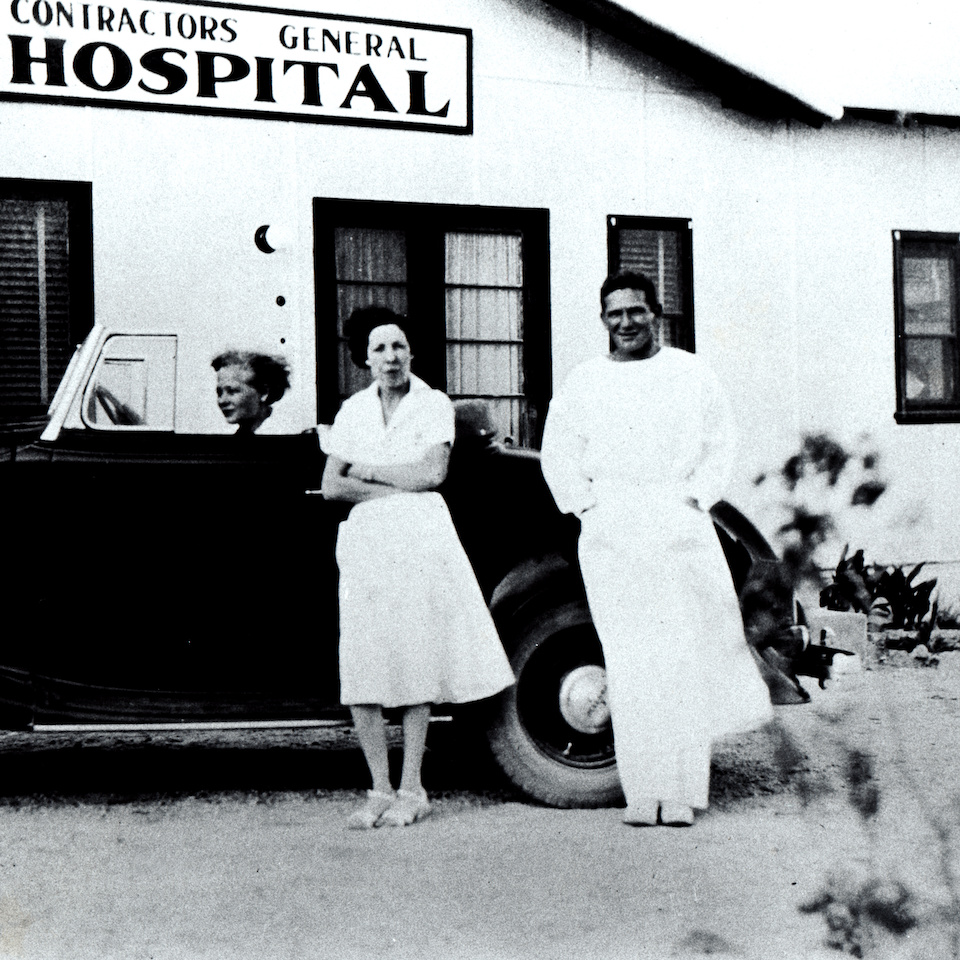
1933
Dr. Sidney R. Garfield opens a clinic for workers on the Colorado River Aqueduct. In California's Mojave Desert, he embraces then-new healthcare concepts, including group medical practice, prepayment of services, a focus on prevention, and a one-stop shop for convenient care and resources.
1938
Dr. Garfield provides healthcare for workers on the Grand Coulee Dam through a new, course-setting partnership with industrialist Henry J. Kaiser. Dr. Garfield modernizes the hospital to offer a prepaid health plan, group medicine, and integrated services to the workers’ families.
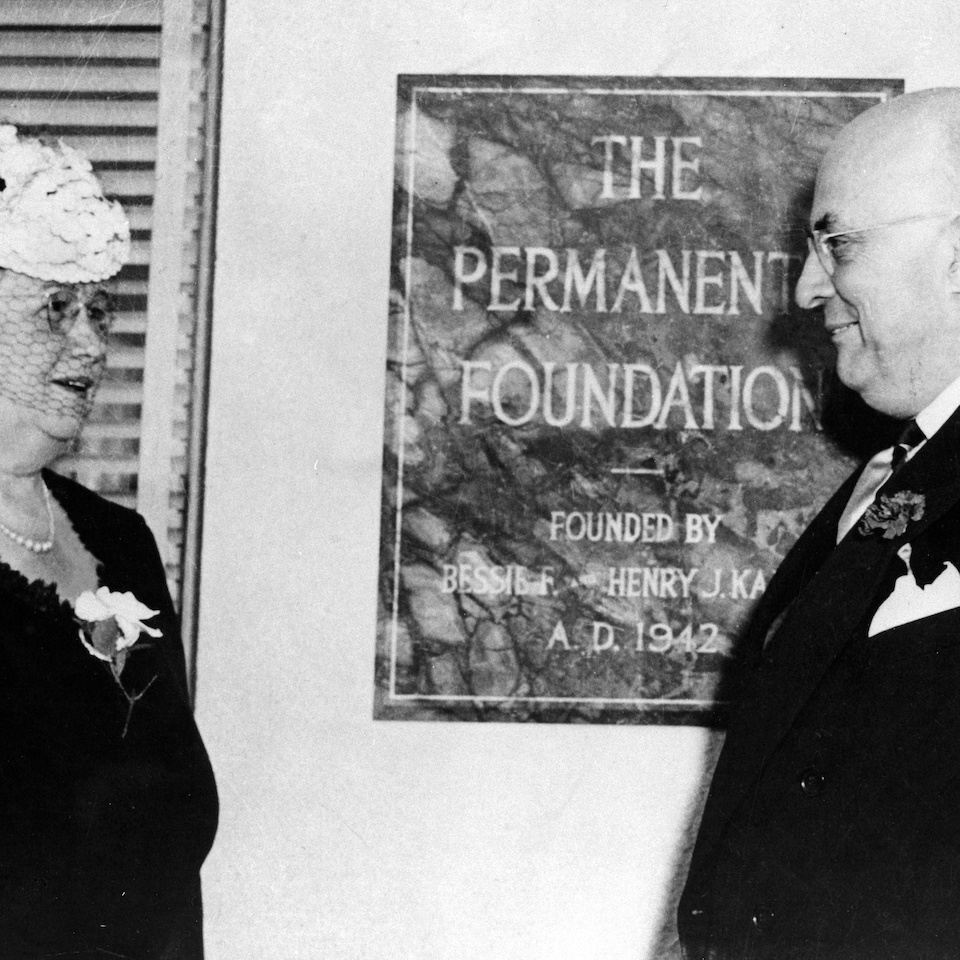
1942
Mr. Kaiser and his wife Bess establish the Permanente Foundation to charitably support his hospital and medical research.

1942 to 1945
Thousands of lives are saved, productivity is boosted, and World War II victory is aided by Dr. Garfield’s healthcare plan for 190,000 Kaiser shipyard workers, many of whom are women, disabled, and people of color.
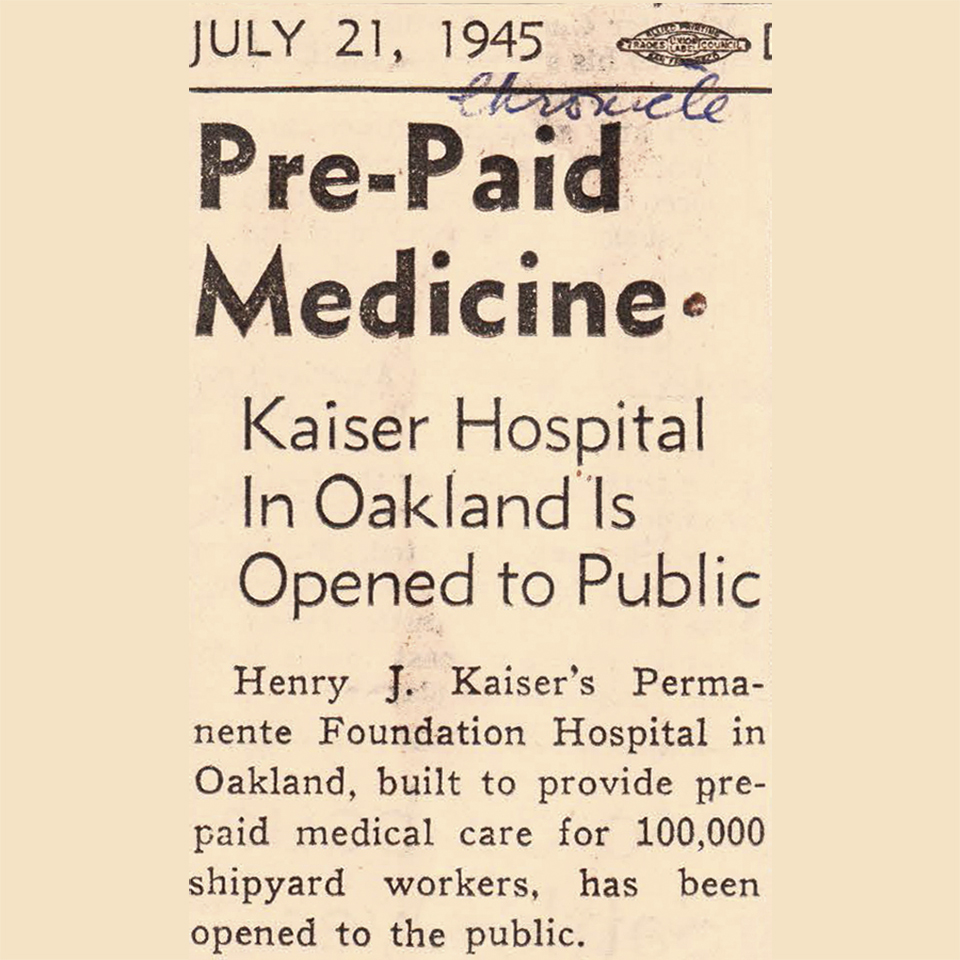
1945
Kaiser Health Plan opens to the public, with modern hospitals and an efficient medical model presenting a dramatic improvement in American healthcare.
1946
Kaiser Health Plan enters the education space, as medical students from across the country rotate into its medical centers. Residents from affiliated programs complete their education with Kaiser Health Plan, while the organization offers its own residency programs in more than 30 specialties.
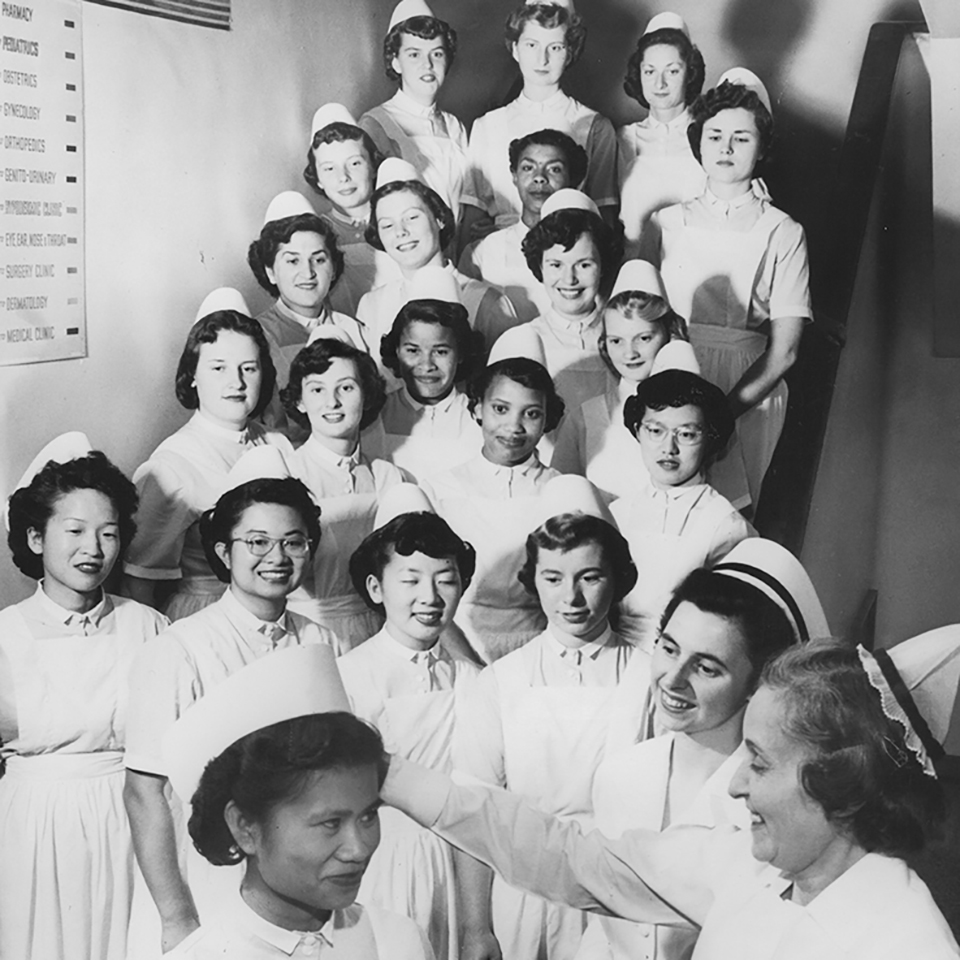
1947
To address a postwar nursing shortage, the Permanente Foundation opens a school of nursing. Tuition is initially free to students, and the school is racially integrated.
1948
Kaiser Health Plan enters an exclusive partnership with The Permanente Medical Group to provide medical services to members.
1949
The Permanente Foundation Health Plan was seen as competition by the medical establishment and politically attacked as “socialized medicine.”
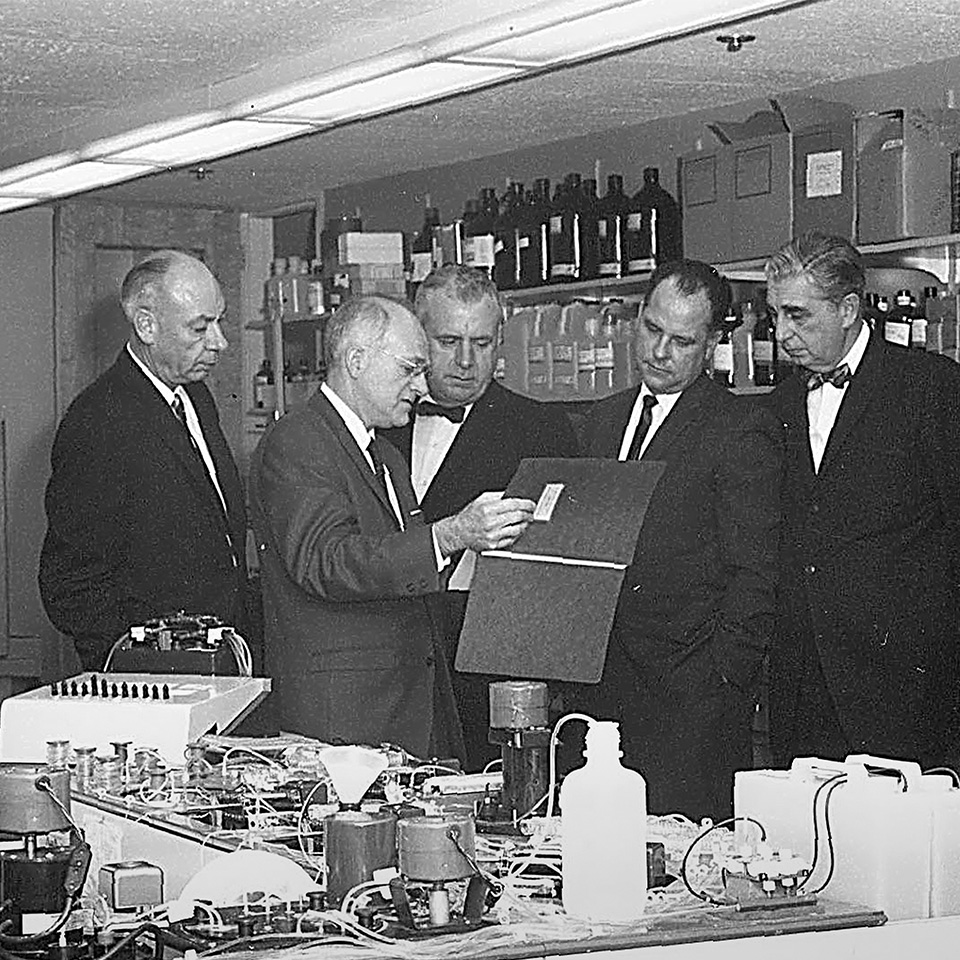
1962
Under first director Dr. Morris Collen, the Northern California research department receives its first grant from the U.S. Public Health Service to use computers to automate and evaluate multiphasic examinations, marking a major milestone for medical data.
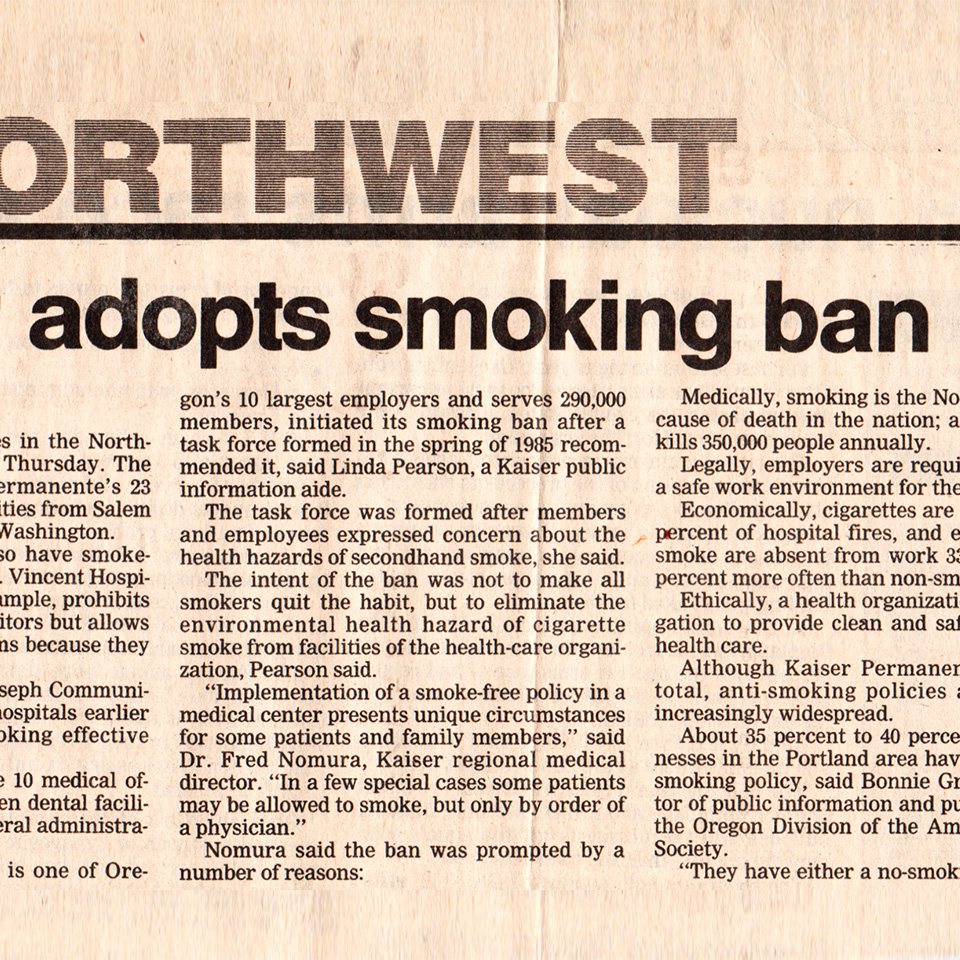
1964
Kaiser Permanente again leads the way by advocating smoking cessation in its buildings and member magazine "Planning for Health."
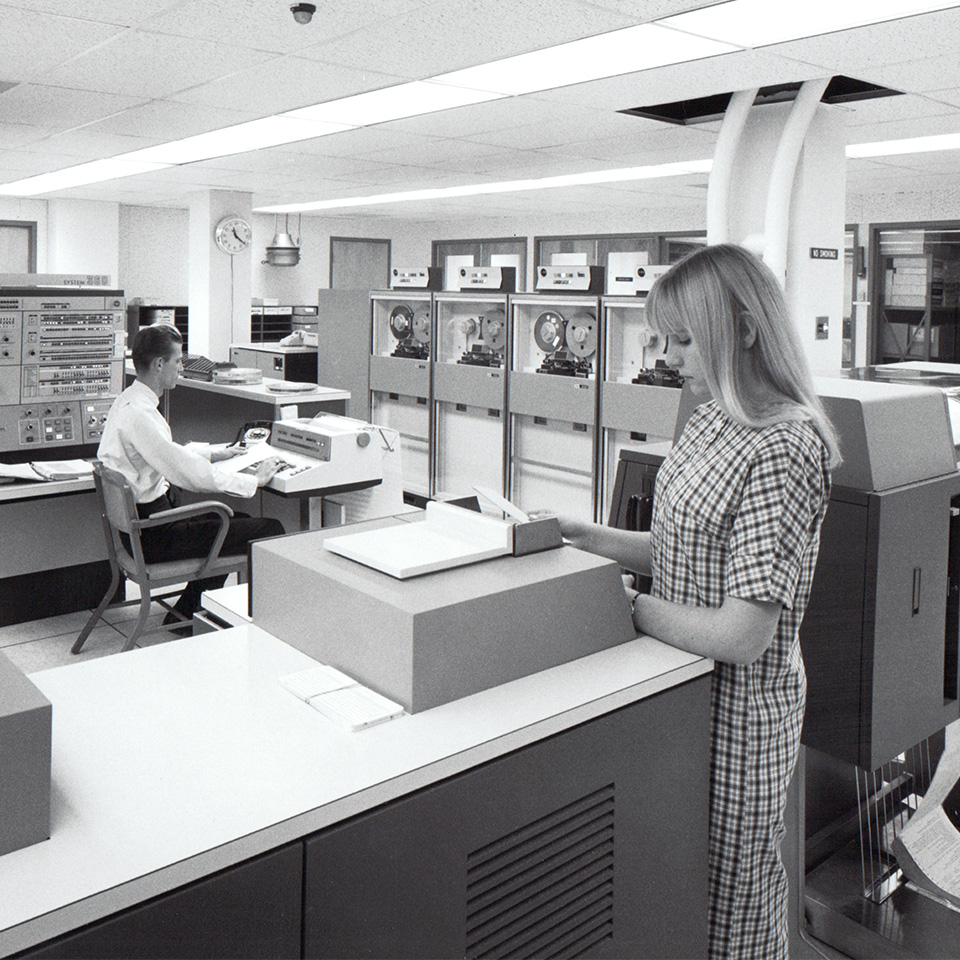
1970
More than 1 million Kaiser Permanente members have early versions of electronic medical records, technology that’s decades ahead of its time.
1997
The Permanente Medical Groups form The Permanente Federation LLC to represent their shared interests in providing high-quality, affordable care. The Federation serves as the key partner on behalf of the medical groups with Kaiser Foundation Health Plan and Kaiser Foundation Hospitals on initiatives that demonstrate how Permanente Medicine is the answer to health, healthcare, and wellness in America.
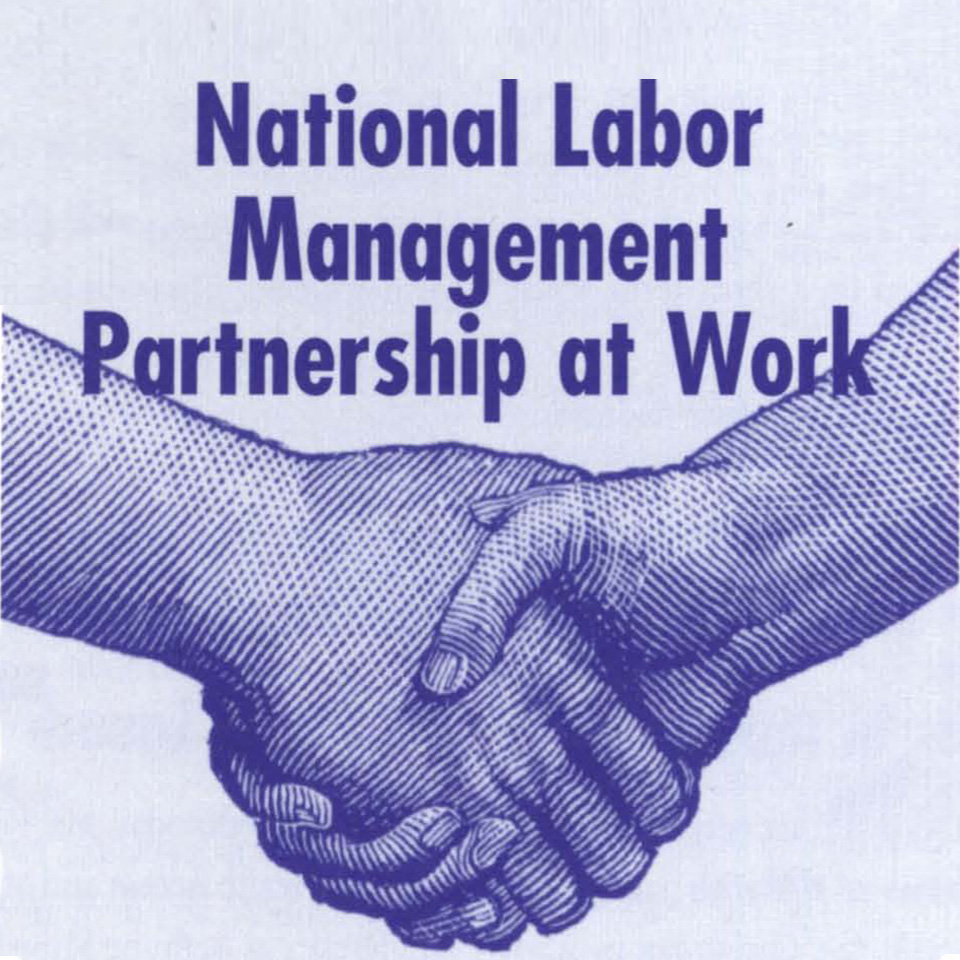
1997
Marking a leap forward in labor relations, Kaiser Permanente and the Coalition of Kaiser Permanente Unions strike a groundbreaking agreement with the Labor Management Partnership, the largest of its kind in the U.S. The Partnership’s advancements remain in effect today, involving front-line staff in decision-making for continuous improvement in healthcare affordability, service, and quality.
2010
The digitization of millions of inpatient and outpatient records is completed across hundreds of Kaiser Permanente facilities in the U.S.
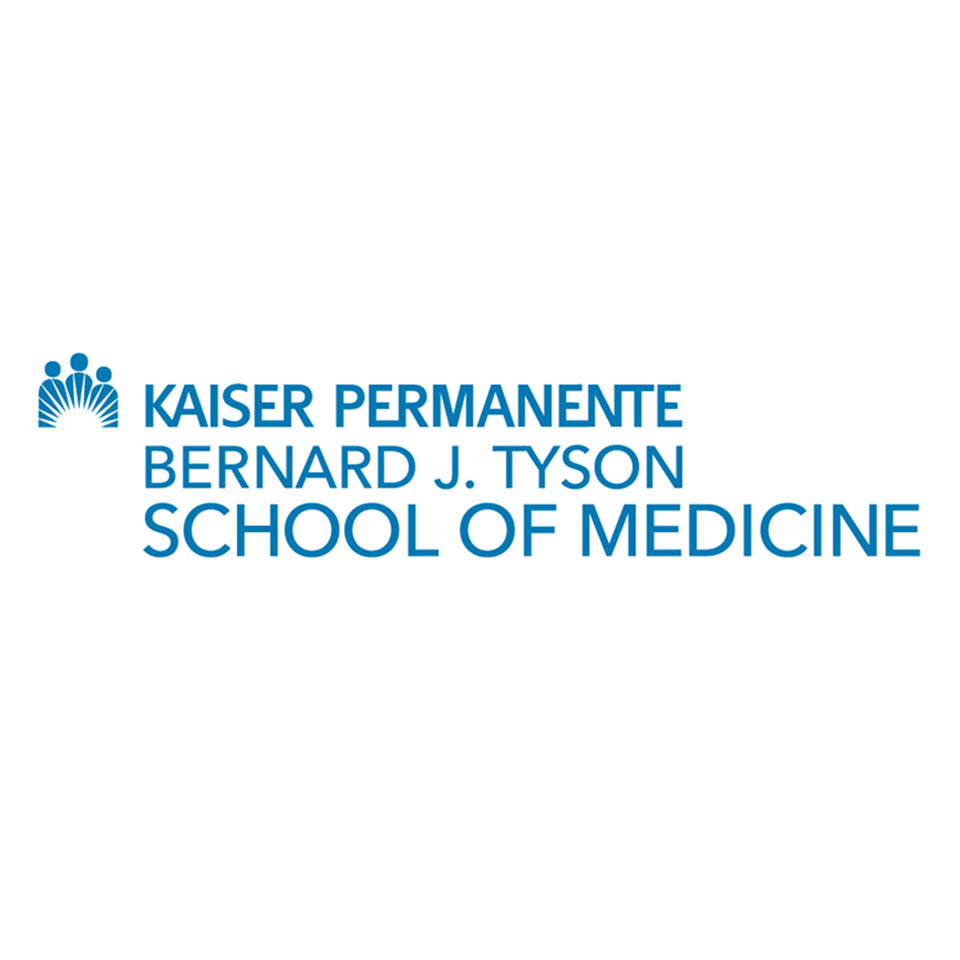
2016
The Kaiser Permanente Bernard J. Tyson School of Medicine becomes a legal non-profit entity with a Board of Directors. Representatives begin collecting the most innovative and successful educational practices in use from elite medical schools across the country. These techniques are incorporated into the school’s curriculum, which now enters the early stages of design to fulfill the school’s mission, vision, and values.

2017
Mark A. Schuster, MD, PhD, is hired as the School’s Founding Dean. The school begins the process to become an accredited and licensed institution.

2018
Mark Schuster, MD, PhD, Founding Dean and CEO of Kaiser Permanente Bernard J. Tyson School of Medicine assembles a distinguished senior leadership team composed of a world-class, multidisciplinary, and diverse group of leaders to oversee the planning, design, and implementation of the school.
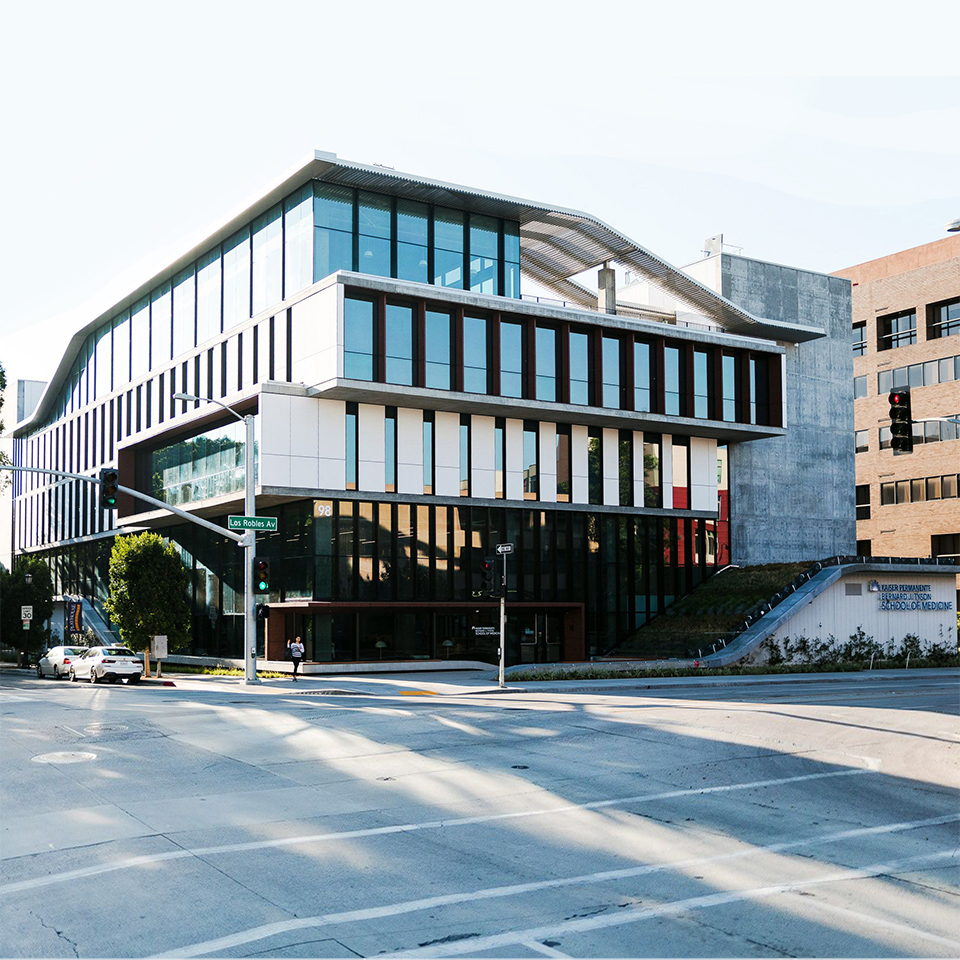
2020
The Kaiser Permanente Bernard J. Tyson School of Medicine, renamed in honor of the late Kaiser Permanente CEO Bernard J. Tyson, officially opens and welcomes its inaugural class of 50 students to its new, modern campus in Pasadena, California.